Before smartphones became our go-to gaming devices, the world of handheld gaming was a wild frontier of innovation and experimentation. While the Game Boy and PSP might dominate our memories, there were countless other portable gaming gadgets that pushed the boundaries of what was possible. These unsung heroes of handheld gaming introduced features we now take for granted, from touchscreens to online play. They may have been overshadowed by their more famous cousins, but these devices paved the way for the gaming landscape we know today. So, let’s dust off these forgotten gems and give them the recognition they deserve. Here are 15 handheld gaming devices that were ahead of their time.
Atari Lynx
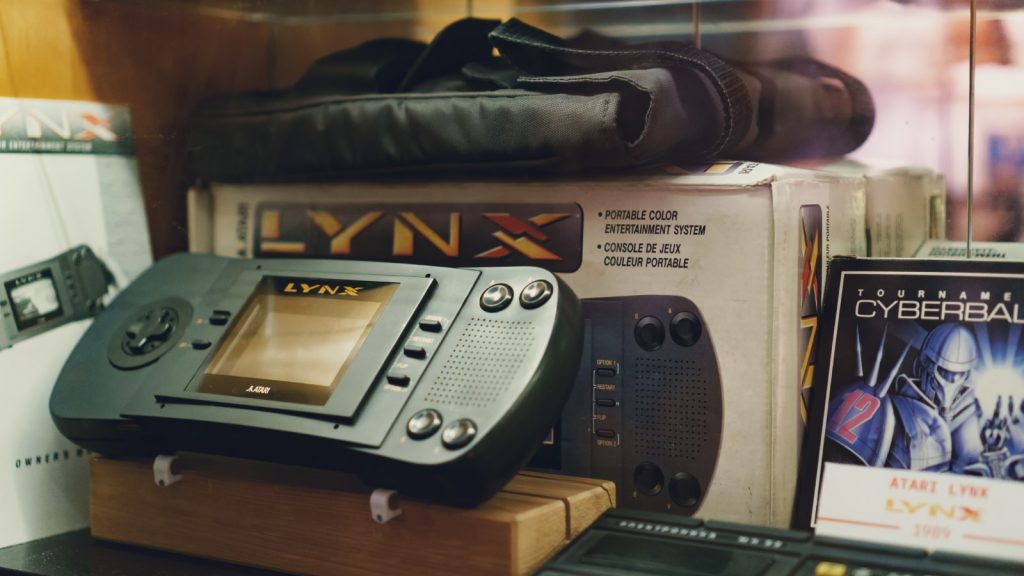
The Atari Lynx was the world’s first handheld gaming console with a color LCD screen. Released in 1989, it beat the Game Boy to market by a few months. The Lynx boasted impressive graphics for its time and could be flipped for left-handed play. It even allowed up to 17 players to link their systems for multiplayer gaming, a feature that was way ahead of its time. The Lynx also featured hardware scaling and distortion for pseudo-3D effects, capabilities that wouldn’t become common in handhelds for years to come.
Neo Geo Pocket Color
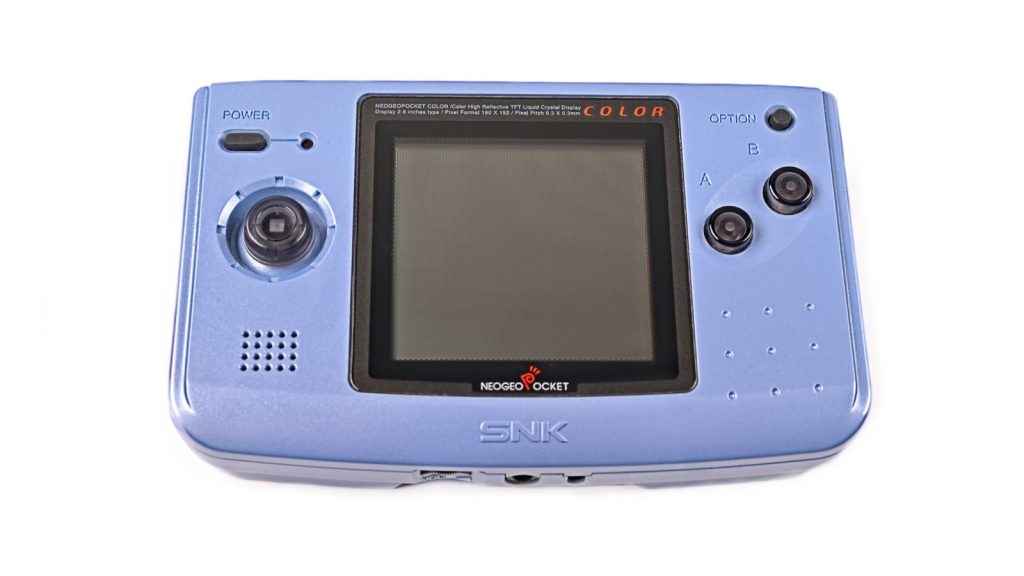
SNK’s Neo Geo Pocket Color was a powerhouse in a tiny package. Released in 1999, it featured a clicky joystick that fighting game fans adored. The device had an impressive 40-hour battery life on just two AA batteries. Its library included miniature versions of SNK’s popular arcade games, making it a hit with fighting game enthusiasts. The Neo Geo Pocket Color also had a unique link cable that allowed it to connect with the Sega Dreamcast, enabling features like data transfer and unlocking bonus content in certain games.
N-Gage
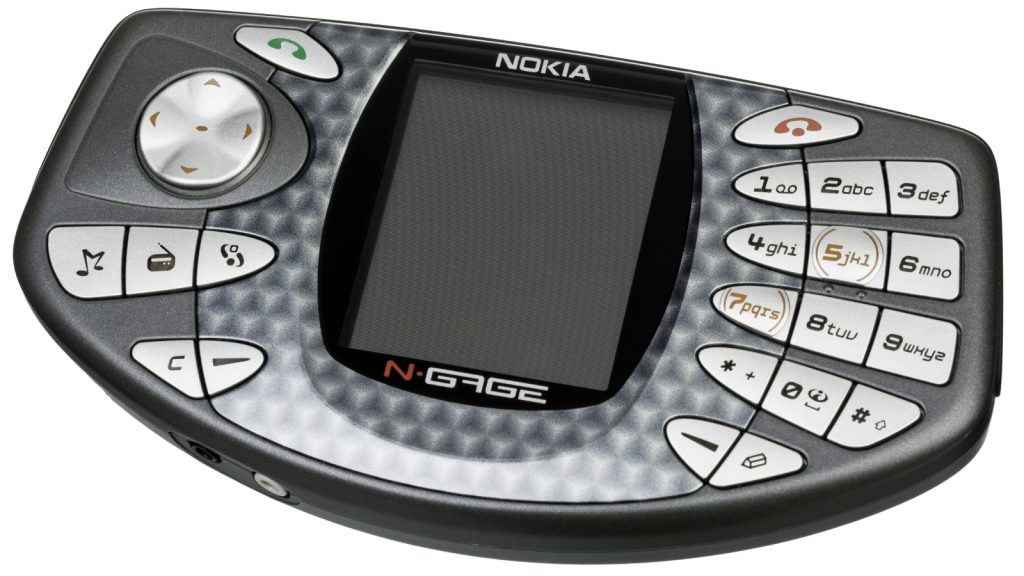
Nokia’s N-Gage was a bold attempt to combine a mobile phone with a handheld gaming system. Launched in 2003, it featured online multiplayer gaming over cellular networks, years before smartphones made this commonplace. While its unusual design (you had to hold it sideways to make phone calls) earned it the nickname “taco phone,” the N-Gage was a pioneer in mobile gaming. It also introduced the concept of digital game purchases and downloads, a feature that would become standard in the smartphone era.
Game.com
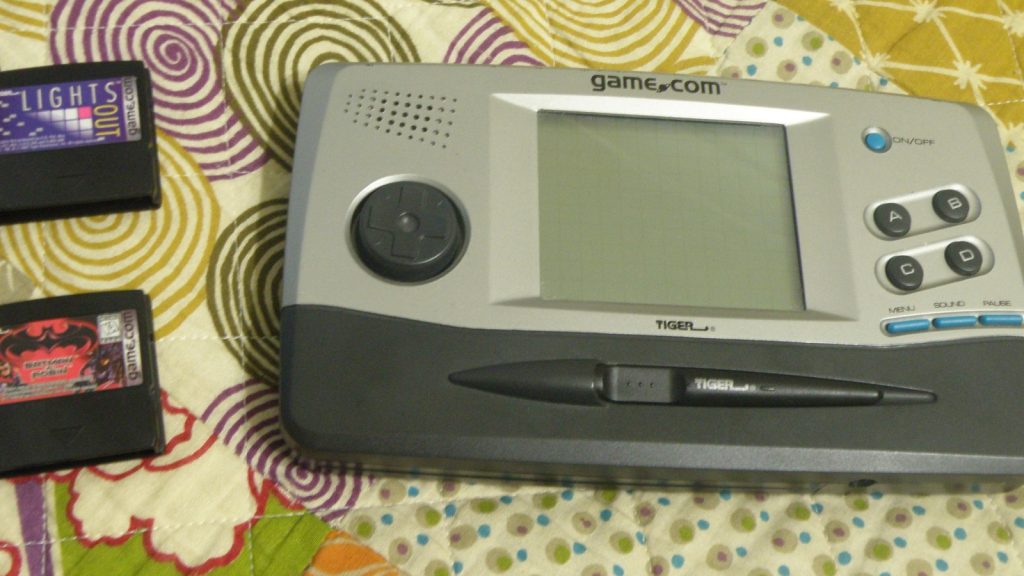
Tiger Electronics’ Game.com, released in 1997, was well ahead of its time. It featured a touchscreen and stylus, built-in PDA functions, and could even connect to the internet for emails and web browsing. The device also had two cartridge slots, allowing games to interact with each other. While it struggled commercially, many of its features would become standard in later handheld devices. The Game.com was also one of the first handheld consoles to feature online multiplayer capabilities, though this was limited by the technology of the time.
Tapwave Zodiac
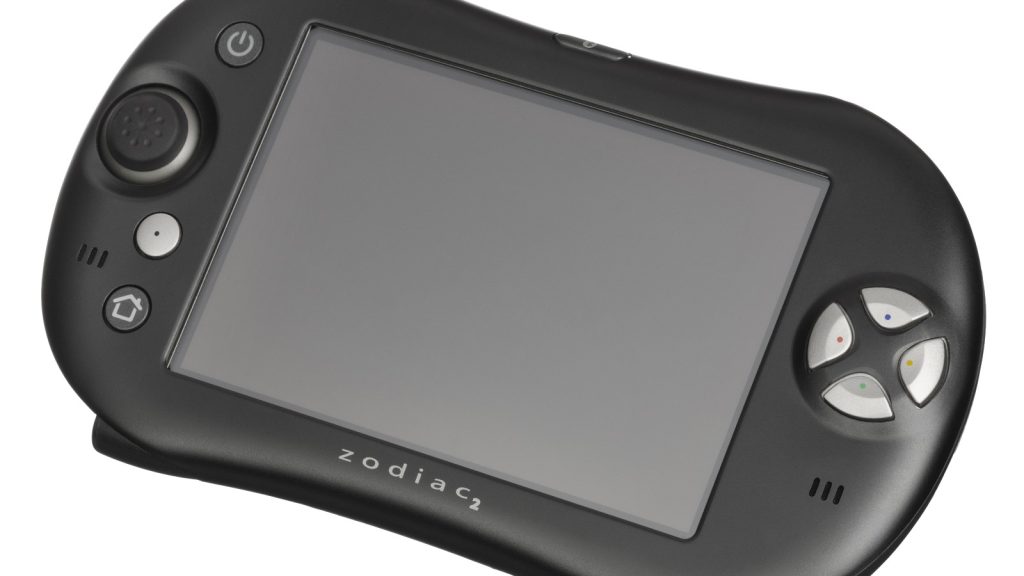
The Tapwave Zodiac was a powerful handheld gaming console and PDA hybrid released in 2003. It ran on Palm OS and featured a high-resolution color touchscreen, Bluetooth, and even an ATI graphics chip. The Zodiac could play Palm OS games as well as ports of console and PC titles. Its powerful hardware and versatility made it a favorite among tech enthusiasts. The device also featured vibration feedback and a built-in microphone, showcasing its ambition to be an all-in-one entertainment device.
Gizmondo
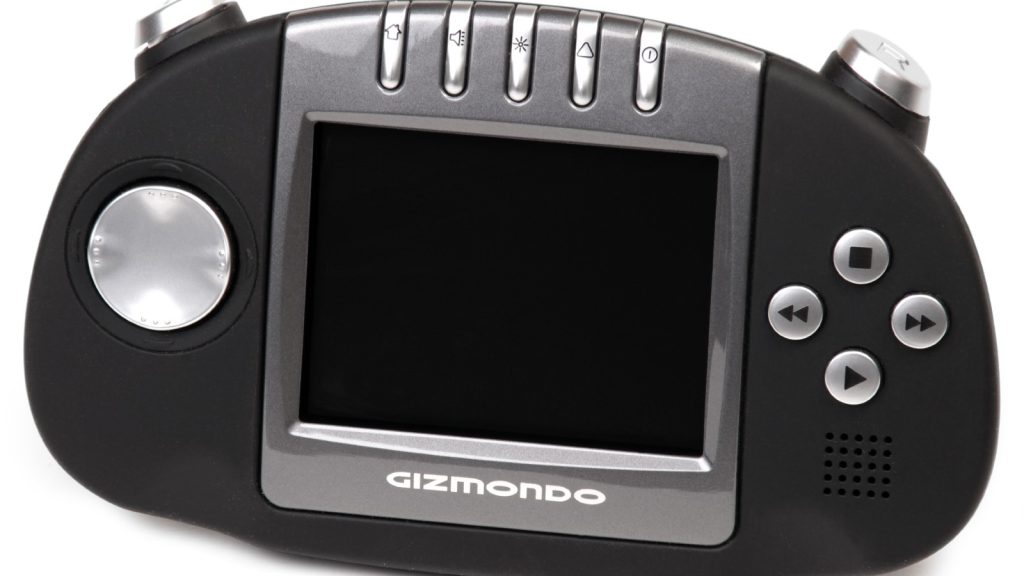
The Gizmondo, released in 2005, was packed with features that were rare in handheld gaming at the time. It had a camera, GPS, GPRS for online gaming, and even augmented reality capabilities. The device could also send text messages and emails. While it was short-lived due to company troubles, the Gizmondo showcased many features that would become standard in later mobile devices. It was also one of the first handheld consoles to offer a subscription-based GPS navigation service, blending gaming with practical applications.
GP32
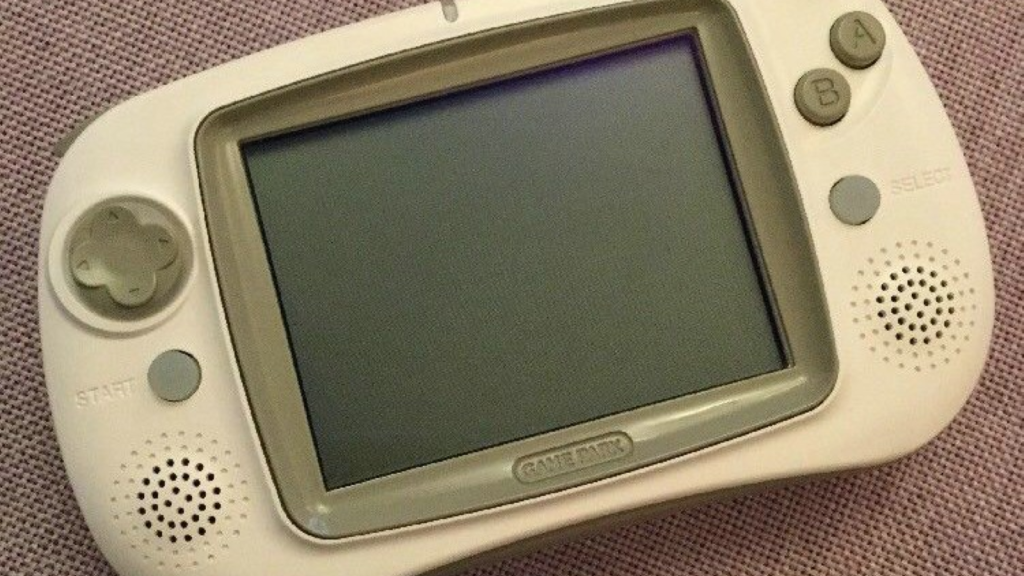
The GamePark 32 (GP32) was an open-source handheld console released in 2001. It allowed users to develop and distribute their own games, making it popular among homebrew developers. The GP32 could also play various emulators, essentially turning it into a portable retro gaming machine. Its open nature and powerful hardware for its time made it a favorite among tech-savvy gamers. The device also featured an SD card slot for expandable storage, a rarity in handheld consoles of that era.
Cybiko
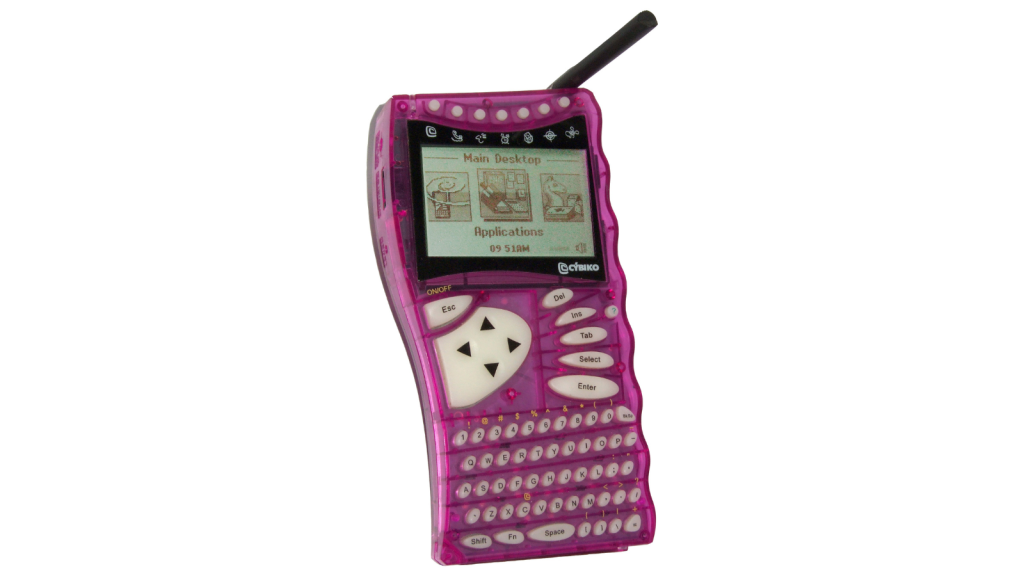
The Cybiko was a curious device that combined elements of a handheld game console, PDA, and wireless messenger. Released in 2000, it allowed users to play games, send messages, and even chat within a radius of about 150 meters. It had a library of over 430 games and applications. The Cybiko’s wireless communication features were quite advanced for its time. It also featured a unique “CyOS” operating system that allowed for multitasking, enabling users to play games while messaging friends simultaneously.
TurboExpress
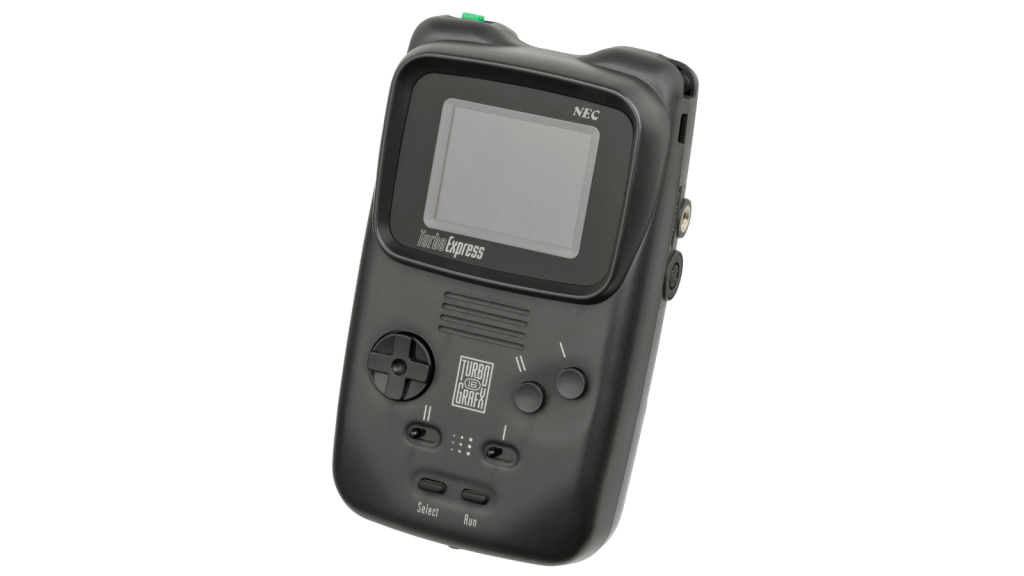
The TurboExpress, released in 1990, was essentially a handheld version of the TurboGrafx-16 home console. It could play the same HuCard games as its home console counterpart, making it the most powerful handheld of its time. The TurboExpress even had a TV tuner accessory, allowing users to watch television on its tiny screen. Its high price and short battery life held it back, but it was a technical marvel. The device also featured a “TurboLink” cable, allowing two TurboExpress units to connect for multiplayer gaming.
Pandora
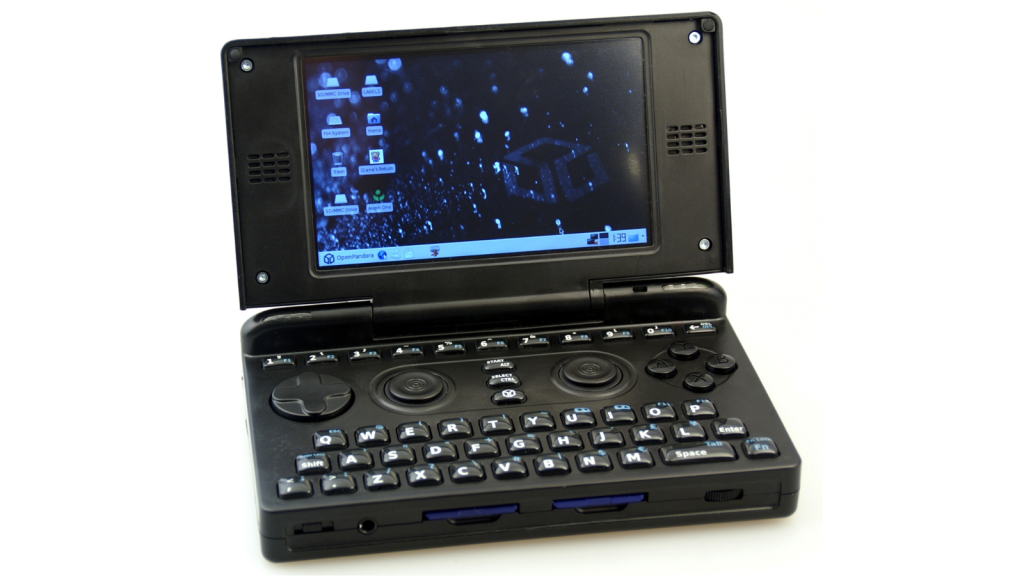
The Pandora was a community-driven handheld PC released in 2010. It featured a full QWERTY keyboard, touchscreen, and analog nubs, running on a Linux-based operating system. The Pandora was incredibly open, allowing users to run a wide variety of software and emulators. Its development was driven by a community of enthusiasts, making it a unique entry in handheld gaming history. The device also featured TV-out capabilities, allowing users to connect it to a larger screen for a more immersive experience.
Supervision
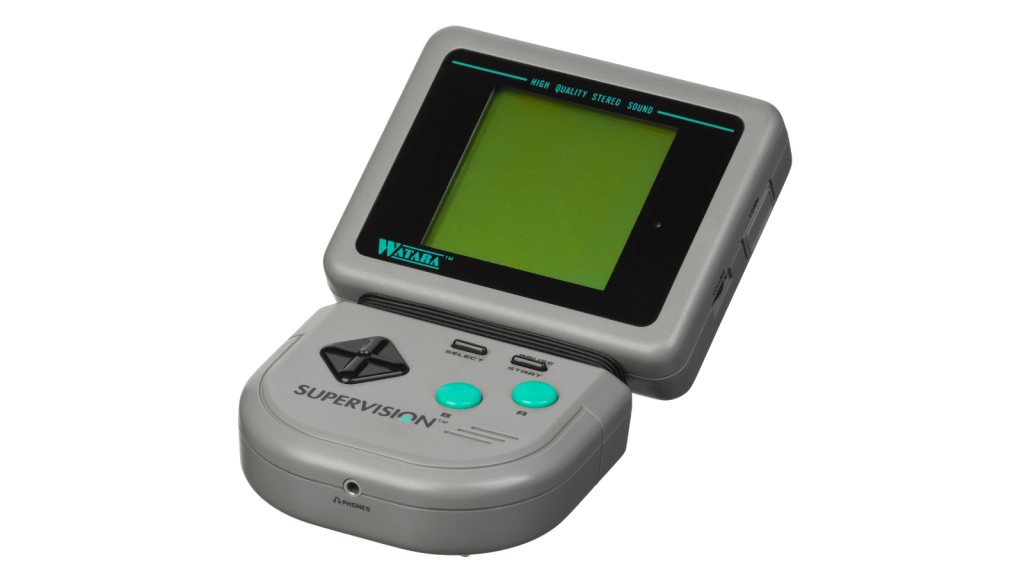
Watara’s Supervision, released in 1992, was an attempt to compete with Nintendo’s Game Boy. It featured a larger screen than the Game Boy and could be connected to a TV for big-screen play. The Supervision also had a tilt mechanism that could be used in games, predating the motion controls that would become popular years later. While it didn’t dethrone the Game Boy, it introduced some innovative features. The console was also notable for its affordability, often being sold at a significantly lower price point than its competitors.
GameKing
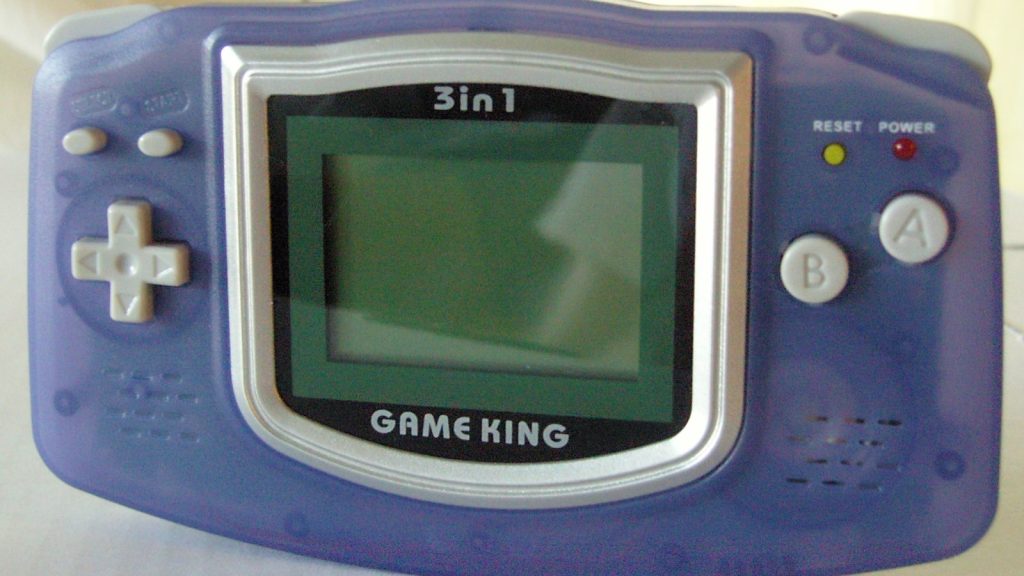
The GameKing, released in 2003 by Chinese company TimeTop, was an obscure but interesting entry in the handheld market. This pocket-sized device resembled a miniature GameBoy Advance and boasted a library of built-in games. While its graphics were simplistic, often compared to the original GameBoy, it offered a unique selection of games not found on other platforms. The GameKing’s low price point made it popular in certain markets, and it even saw a sequel in the GameKing II, which featured a slightly larger screen and improved sound. The device was also notable for its use of a low-power black and white LCD, allowing for extended playtime on just two AAA batteries.
Xavix Port
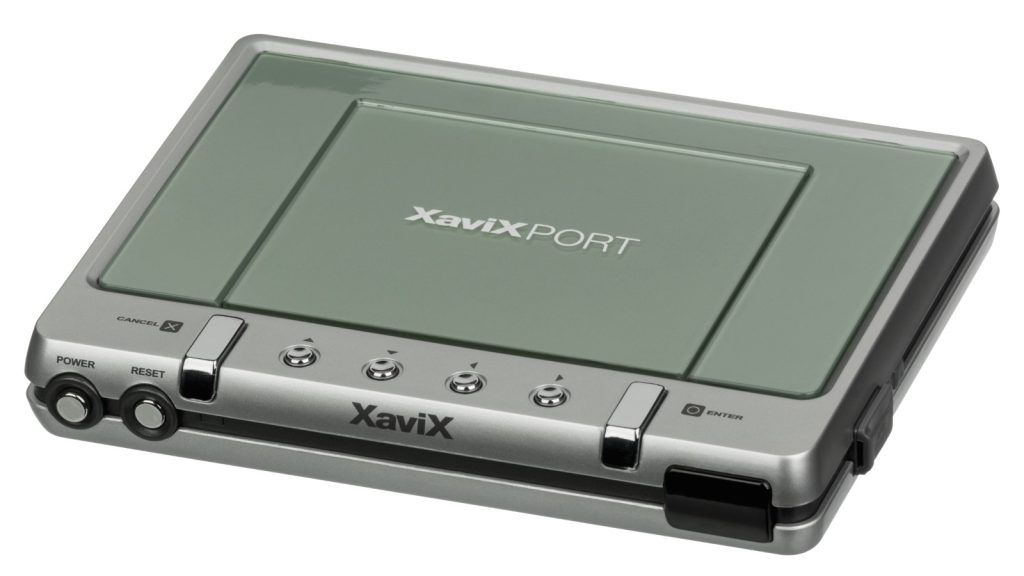
The Xavix Port, released in 2004, was a unique console that focused on exergaming before it was cool. It came with various motion-sensing controllers shaped like baseball bats, boxing gloves, or tennis rackets. While not portable in the traditional sense, its controllers were wireless, allowing for active play anywhere. The Xavix Port pre-dated the Wii’s motion controls by several years, making it a pioneer in active gaming. The system used cartridges inserted into the base unit to store games, with the specialized controllers interacting with the games to provide a more immersive experience. This innovative approach to gaming combined physical activity with video game elements in a way that was ahead of its time.
Wonderswan
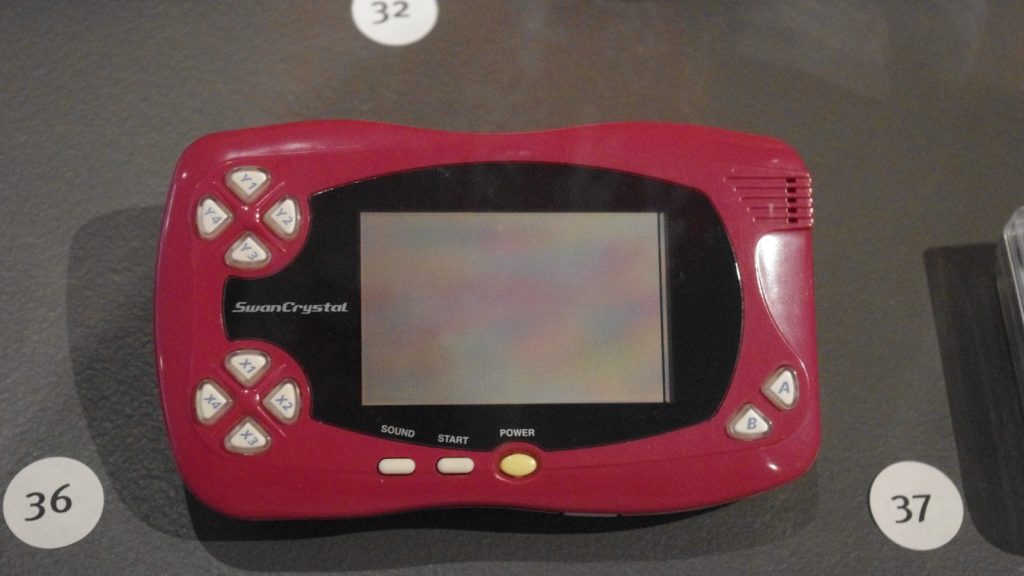
Created by Game Boy inventor Gunpei Yokoi, the Wonderswan was released in Japan in 1999. It could be played in both portrait and landscape orientations, a feature that wouldn’t become common until the advent of smartphones. The Wonderswan was incredibly energy-efficient, running for up to 30 hours on a single AA battery, making it perfect for long gaming sessions. With a unique range of compatible games, it made a mark in Japan even if it didn’t reach global fame.
R-Zone
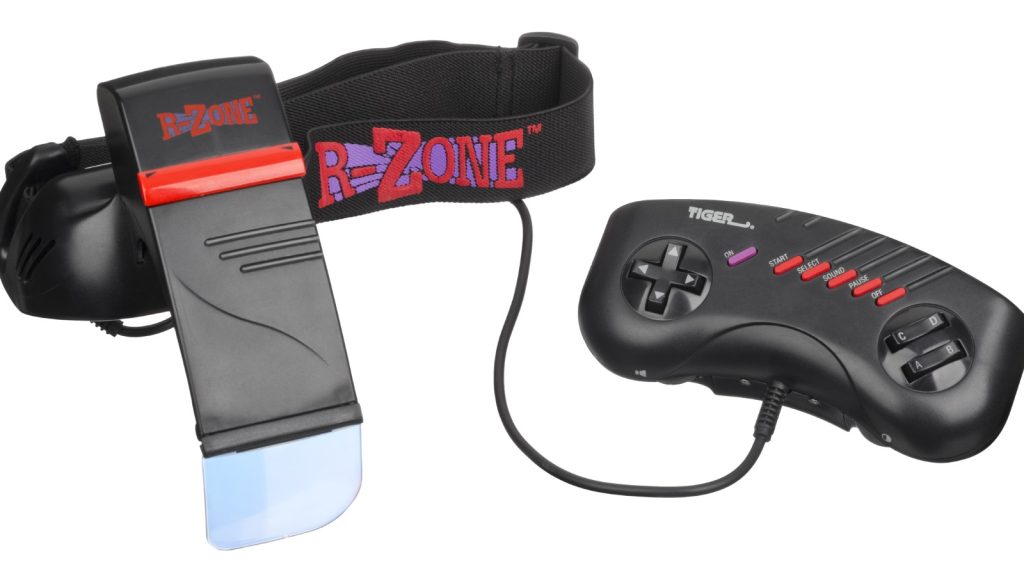
Tiger Electronics’ R-Zone, released in 1995, was a unique entry in the handheld market. It used red LCD projection technology, displaying simple graphics onto a small, head-mounted or handheld screen. The R-Zone came in various formats, including a wrist-mounted version, but its limited visuals and unconventional design kept it from mainstream success. While it wasn’t quite a VR experience, it was an ambitious step toward immersive handheld gaming.
Katy Willis is a writer, master herbalist, master gardener, and certified canine nutritionist who has been writing since 2002. She’s finds joy in learning new and interesting things, and finds history, science, and nature endlessly fascinating.

